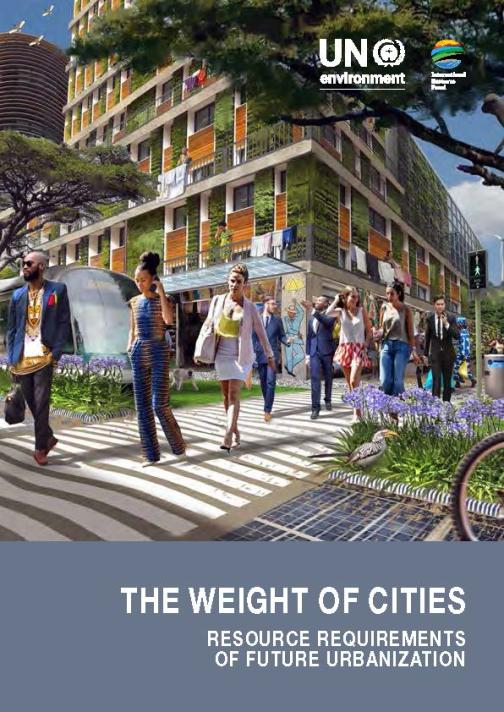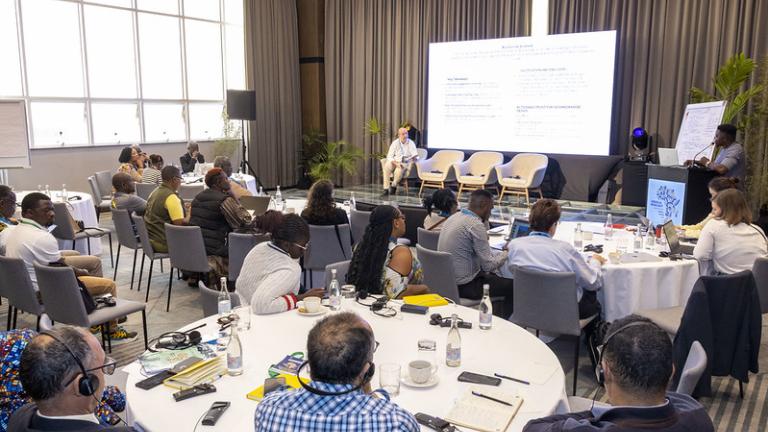Report

The Weight of Cities
Resource Requirements of Future Urbanization
This report stresses the importance of resource monitoring and the integration of cross-sector urban actions to prepare for urban growth and climate change.
Without a new approach to urbanization, material consumption by the world’s cities will grow from 40 billion tonnes in 2010 to about 90 billion tonnes by 2050. The resource use implications and environmental impacts of urbanization are significant. Resources should now become a central policy concern, in addition to concerns about climate change.
This report presents a strategy of parallel actions on urban planning, sustainable infrastructure design, and cross-sector resource efficiency that are required for a transition towards low-carbon and socially inclusive cities. Monitoring key resource indicators to better understand current and future resource dependencies and embedding resource efficiency into spatial planning will be critical for policymakers to improve urban productivity. City leaders can utilize this report’s new governance model, innovative business propositions, and other recommendations to make this urban transition possible. This report was produced by UNEP.
Learn more

UrbanShift 4th Steering Committee Meeting
The final UrbanShift Steering Committee Meeting will reflect on progress across the network and offer opportunities for collaboration across partners.

UrbanShift Annual Report Launch Webinar: Reflecting on 5 Years of Impact
This webinar will highlight voices from around the UrbanShift network and spotlight stories of sustainable urban transformation.

Resilient Infrastructure in Brazil's Cities Grows from the Roots
How cities from Recife to Belém are pursuing innovative green strategies with the support of the Global Environment Facility.

Meet CityMetrics: An Open-Source, Interactive Tool for Analyzing Urban Risks and Opportunities
With CityMetrics, a new geospatial data platform developed by WRI, over 60 cities--including all 23 UrbanShift cities--can access in-depth data on urban risks and vulnerabilities.
